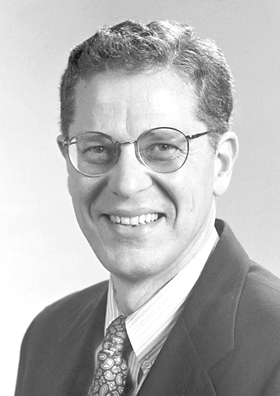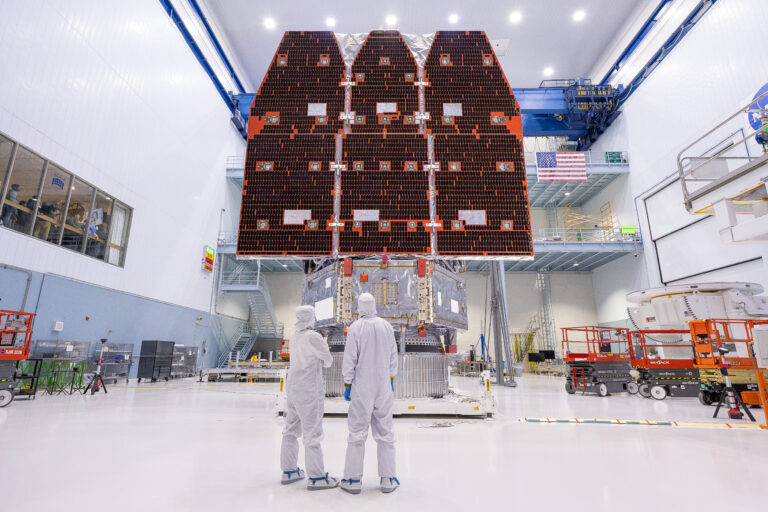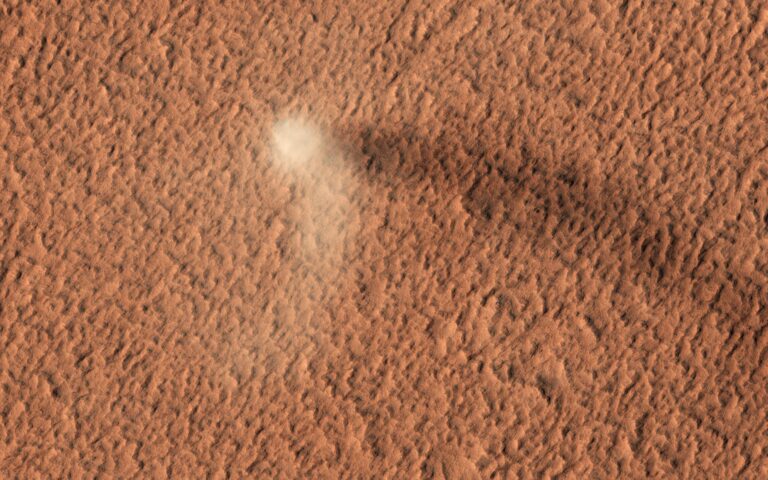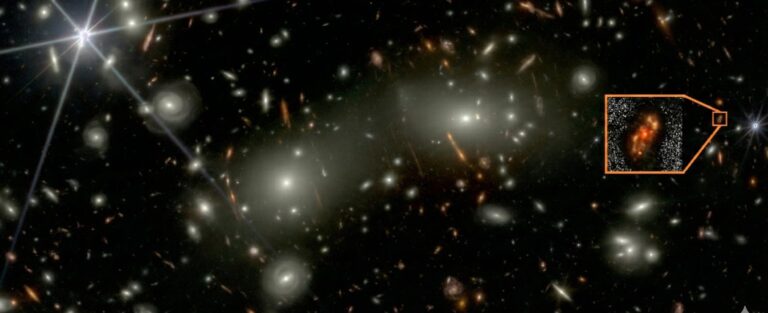Key Takeaways:
Astronomer Joseph Taylor claimed that prize back in 1978, when he showed a pair of pulsars — rapidly spinning neutron stars — was spiraling in toward each other, emitting gravitational radiation. These pulsars are dense stellar corpses with masses larger than the Sun packed in a sphere the size of New York City.
That find earned Taylor a ticket to Stockholm with his former graduate student Russell Hulse. The pair won the 1993 Nobel Prize in physics.
Their binary pulsar, designated PSR B1913+16 was a crucial test of general relativity because its tightening orbit allowed them to measure how much energy was leaking out in the form of invisible gravitational waves.
We caught up with Taylor the eve of LIGO’s anticipated announcement.
Q: Pulsars are now relatively well-known astrophysical phenomena, but they were exotic when you started your career. Can you take us back to what it was like in the late 1960s and ’70s when pulsars were first being discovered?
A: The announcement of the discovery of pulsars in February 1968 was a big surprise. It was a major departure in that the type of signal was something that varies rapidly. Radio astronomy was young at the time anyway, but all of the known sources were essentially constant in amplitude.
It’s fair to say that radio astronomers everywhere were at first skeptical and then wanted to do what they could to follow up on the original observations made in Cambridge, England. I happened to be just a few weeks after having past my final oral examination as a Ph.D. student, and I was hired on as a postdoctoral fellow at the Harvard Observatory with more or less a blank slate to work on whatever I wanted to.
At the time, there was only one pulsar known, but there was some hint that others had been seen as well. We decided that it would be fun to go make observations of them ourselves. So, we immediately submitted a proposal to the NRAO to go use the 300-foot radio telescope at Green Bank for some follow up observations.
Q: Did you find some?
A: We were given some director’s discretionary time on short notice. I think we made our first observations in March of 1968. By that time, it was well known that the Cambridge group had found several more of the objects, although we didn’t know where they were. We started thinking about ways in which we would design a survey to try and find more of them. The first new one that we found was in June of ’68. At that time we also had rediscovered two of the objects the Cambridge group found although we discovered them independently.
Q: Was it immediately obvious that PSR B1913+16 was a binary pulsar when you found it in your survey at the Arceibo Observatory several years later?
A: Immediately we thought it must be not be a pulsar at all; it must be interference because its period is not constant and all the rest of them were very constant. It turned out to be pretty easy to show it was not interference because if we turned the antenna by a little bit, the signal would go away. So, it was coming from the sky and it clearly had many of the signals of a pulsar, but it was faster than almost any pulsar at the time. The only one faster was the one in the Crab Nebula, so it was of special interest for that reason, but it was of particular interest because its period changed.
After several weeks, we knew we had found a pulsar orbiting another star. It was clear that you could calculate the velocity; it was about one-tenth of 1 percent of the speed of light. So, it was a relativistic system.
Q: What did this pulsar system ultimately teach us about relativity?
A: What turned out to be the most important prediction is that a system like this should lose energy gradually in the form of gravitational waves. Those waves should be carrying away orbital energy and orbital momentum, and the orbit should gradually evolve.
As an orbiting object loses its kinetic energy, it has to come closer to the object it orbits. It’s just like how an Earth satellite with a little bit of friction from the Earth’s atmosphere eventually falls back to the ground. In this case, the two orbiting objects should come gradually together — the orbital period should be getting shorter. So the prediction was this orbital clock should be gaining against the standard of terrestrial time.
The orbit should gradually be getting shorter. The amount change was very small. It was predicted that the orbit should decay on the timescale of about 300 million years, but it turns out because of the nature of pulsar signals — a very accurate spinning clock — it turned out to be measurable over some years, and within a few years we started to see those changes.
Q: What was the state of gravitational wave research at the time? Had other attempts like this been done?
A: No. It was a very different environment at the time. It wasn’t even by any means an agreed upon conclusion that general relativity necessarily accommodates gravitational radiation. Even Einstein had some doubts about that over his life. There were several papers published in the teens — 1916, 1918 — describing gravitational radiation as a part of relativity theory, but in the 1930s, even Einstein had doubts
Q: So, even by the 1970s, it wasn’t clear that gravitational waves should exist?
A: I think the weight of opinion in physics was that gravitational radiation is a phenomenon that almost certainly exists, but that it is going to be very hard to detect, if ever. Of course, it’s hard to predict what technology changes there are going to be.
But at the level of technology in the ’50s or ’60s — maybe even the ‘70s — there was no way to see how that kind of thing could be detected. That’s the time when Joseph Weber started experimentally putting together an apparatus that he hoped might enable him to do this. So, there was serious interest, but some skepticism about whether or not it would be possible. And there was still some theoretical skepticism about whether we correctly understood what the complicated non-linear theory of relativity predicts. There were serious papers being published questioning whether gravitational waves should exist.
Editor’s note: This interview has been edited for clarity and space.










